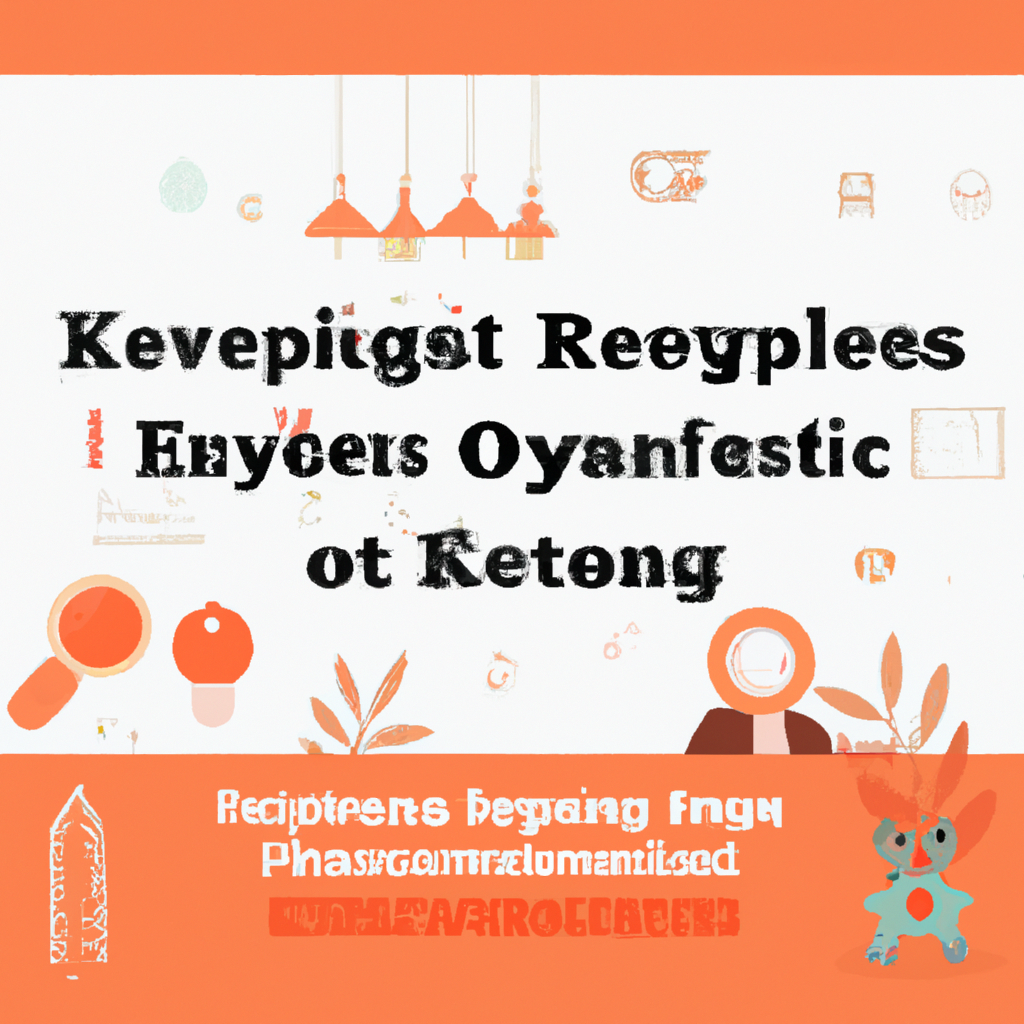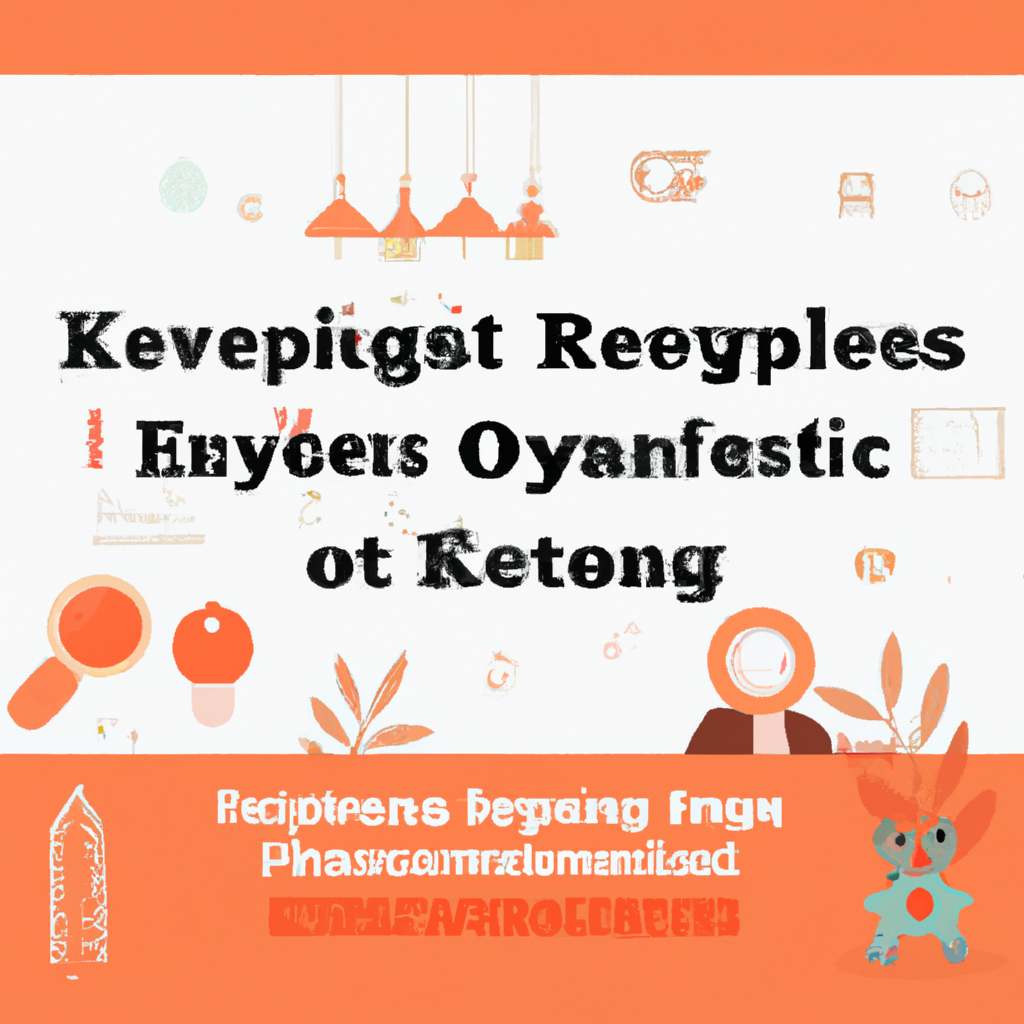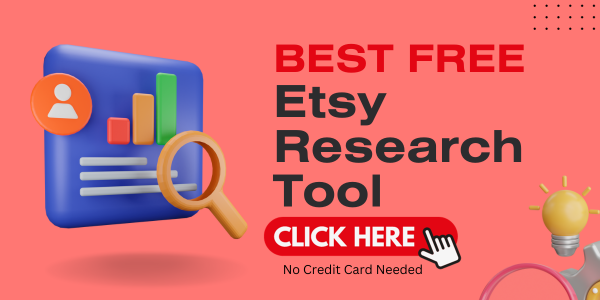If you’re an Etsy seller looking to boost your shop’s visibility and increase sales, then understanding how to do effective keyword research is essential. By uncovering the right keywords, you can optimize your Etsy shop and improve your chances of ranking higher in search results. In this article, we’ll explore various strategies to help you research low-competition and high-demand keywords for your Etsy listings, empowering you to reach a broader audience and attract more potential customers. So, let’s get started on this exciting journey to Etsy SEO success!
Choosing the Right Keywords
Understanding the Importance of Keywords
Keywords play a crucial role in improving the visibility of your Etsy shop and attracting potential customers. When a buyer searches for a specific product on Etsy, they are likely to use certain keywords to find what they’re looking for. By using the right keywords in your listings, you can increase the chances of your products appearing in search results. This is why understanding the importance of keywords is essential for successful Etsy SEO.
Identifying Relevant Keywords
To choose the right keywords for your Etsy listings, you need to identify the keywords that are most relevant to your products and your target audience. Start by brainstorming a list of words and phrases that customers may use when searching for products similar to yours. Put yourself in the shoes of your potential buyers and think about the words they would use to describe your products.
Finding Long-tail Keywords
Long-tail keywords are highly specific phrases that contain three or more words. They are often less competitive and can help target buyers who are closer to making a purchase. Finding long-tail keywords relevant to your products can give you a competitive edge and increase your chances of ranking higher in search results. Long-tail keywords can provide valuable insights into the specific needs and preferences of your target audience.
Utilizing Etsy’s Keyword Tool
Understanding Etsy’s Keyword Tool
Etsy provides a powerful keyword tool that can help you discover popular search terms related to your products. The tool suggests keywords based on what buyers are searching for within the Etsy platform. This tool is a goldmine of information when it comes to understanding customer behavior and finding relevant keywords for your listings.
Using Popular Search Terms
When using Etsy’s keyword tool, pay attention to popular search terms that are relevant to your products. These are the terms that buyers frequently use, and incorporating them into your listings can significantly improve your visibility. By including popular search terms in your titles, tags, and descriptions, you can increase the chances of your products being discovered by potential buyers.
Analyzing Top Ranking Listings
Another valuable aspect of Etsy’s keyword tool is the ability to analyze top-ranking listings for specific keywords. By examining the titles, tags, and descriptions of these listings, you can gain insights into how your competitors are using keywords to attract buyers. Take note of the keywords they are using and consider incorporating them into your own listings, while still maintaining your unique selling proposition.

Conducting Competitor Analysis
Identifying Top Competitors
Knowing who your top competitors are on Etsy is vital for understanding the keywords and strategies they are using to succeed. Identify the shops that offer similar products to yours and are performing well on Etsy. Study their listings, titles, tags, and descriptions to gain insights into their keyword usage and overall SEO strategy.
Analyzing Competitor Keywords
When analyzing your competitors’ listings, pay close attention to the keywords they are targeting. Look for recurring keywords that appear throughout their titles, tags, and descriptions. This will give you an idea of the keywords that are relevant to your niche and are likely to attract potential buyers.
Leveraging Competitor Insights
By leveraging the insights gained from competitor analysis, you can enhance your own keyword strategy. Incorporate the relevant keywords you discovered from analyzing your competitors into your listings in a way that aligns with your unique value proposition. This can help you stand out from the competition while still targeting the same audience.
Utilizing External Keyword Tools
Exploring Keyword Research Tools
In addition to Etsy’s keyword tool, there are several external keyword research tools available that can provide valuable insights into popular search terms and competition. Tools like Google Keyword Planner, Moz Keyword Explorer, and SEMrush can help you uncover new keyword opportunities, estimate search volume, and analyze keyword difficulty.
Analyzing Search Volume and Competition
When using external keyword research tools, pay attention to the search volume and competition metrics associated with each keyword. Search volume indicates how many people are searching for a particular keyword, while competition indicates how difficult it is to rank for that keyword. Look for keywords with a decent search volume and low to moderate competition to optimize your chances of ranking well.
Discovering Related Keywords
External keyword tools can also help you discover related keywords that you may not have considered before. These related keywords can provide additional ideas for expanding your keyword strategy and attracting a wider audience. Incorporating a mix of primary, secondary, and related keywords in your listings can help you capture a broad range of potential buyers.

Optimizing Title and Tags
Crafting a Descriptive Title
Your listing title is one of the most important places to incorporate relevant keywords. Craft a title that accurately describes your product while incorporating your primary keyword(s). Aim for a title that is both informative and enticing, capturing the attention of potential buyers and signaling to search engines what your product is about.
Using Primary Keywords in Tags
Tags are an important tool for categorizing and organizing your listings on Etsy. Use your primary keywords as tags to ensure that your listings appear in relevant search results. Etsy allows up to 13 tags per listing, so make sure to use all available tags and fill them with relevant keywords that accurately describe your product.
Utilizing Secondary and Long-tail Keywords
In addition to your primary keywords, include secondary and long-tail keywords in your titles and tags. Secondary keywords can provide additional context and help capture a broader range of customer searches, while long-tail keywords target specific customer needs and preferences. Balancing primary, secondary, and long-tail keywords can help you optimize your listings for a variety of search queries.
Creating Keyword-Rich Product Descriptions
Highlighting Product Features and Benefits
When creating product descriptions, focus on highlighting the features and benefits of your products in a way that incorporates relevant keywords. Explain how your product solves a problem or meets a specific need. Use language that is descriptive, compelling, and easy to understand. Remember that potential buyers may not be familiar with industry jargon, so avoid using too many technical terms.
Integrating Keywords Naturally
While it’s important to incorporate keywords into your product descriptions, it’s equally important to do so naturally. Avoid keyword stuffing, which is the practice of overusing keywords in an attempt to manipulate search rankings. Instead, focus on creating well-written descriptions that flow naturally and provide valuable information to potential buyers. Balance keyword usage with readability.
Avoiding Keyword Stuffing
Keyword stuffing not only creates a poor user experience, but it can also harm your search rankings. Search engines are becoming increasingly sophisticated at understanding the context and intent behind the words used in a listing. Focus on creating informative, engaging descriptions that appeal to both search engines and potential buyers, rather than simply cramming in as many keywords as possible.
Leveraging Etsy Categories and Attributes
Using Relevant Categories
When listing your products on Etsy, make sure to choose the most relevant categories for your listings. Etsy’s category system helps organize products and makes it easier for buyers to find what they’re looking for. By selecting the appropriate category, you can increase the visibility of your listings and attract more potential buyers.
Enhancing Listings with Attributes
Etsy allows you to add attributes to your listings, which provide additional details about your products. These attributes can help potential buyers filter and refine their search results based on specific characteristics. Take advantage of attributes that are relevant to your products and incorporate keywords into them to optimize your listings.
Optimizing Attributes with Keywords
When selecting attributes for your listings, consider using keywords that accurately describe the characteristics of your products. For example, if you’re selling handmade jewelry, you can use attributes such as material, color, size, and style. By using relevant keywords in your attributes, you can improve the discoverability of your listings and attract buyers who are specifically looking for products with those qualities.
Considering User Search Intent
Understanding User Intent
User intent refers to the purpose or goal of a person’s search query. When someone searches for a particular keyword, they have a specific intent in mind. Understanding the intent behind different search queries can help you tailor your listings to match what potential buyers are looking for. This can improve the relevance of your listings and increase your chances of attracting interested customers.
Aligning Keywords with Intent
To align your keywords with user intent, put yourself in the shoes of your potential buyers. Ask yourself what they are hoping to find when using certain keywords. Are they looking for information, comparison, or a specific product? By thinking about the intent behind each keyword, you can craft relevant titles, descriptions, and tags that address the needs and desires of your target audience.
Crafting Listings for User Engagement
Creating engaging and informative listings goes hand in hand with aligning keywords with user intent. When potential buyers visit your Etsy shop, they should find your listings helpful, compelling, and easy to navigate. Include clear and concise product information, high-quality images, and any additional details that can help buyers make an informed decision. Engaging listings not only improve the user experience but also increase the likelihood of making a sale.
Monitoring and Refining Keyword Strategy
Tracking Listing Performance
Once you’ve implemented your keyword strategy on Etsy, it’s crucial to monitor the performance of your listings. Keep an eye on metrics such as views, favorites, and conversions to see how well your listings are performing. This can give you insights into the effectiveness of your chosen keywords and help you refine your strategy over time.
Monitoring Keyword Trends
The world of keywords is constantly evolving, so it’s important to stay up to date with the latest trends and changes. Keep an eye on popular search terms and see if there are any new keywords that are gaining traction within your target market. This can help you stay ahead of the competition and adapt your keyword strategy accordingly.
Updating Keywords Based on Analytics
Regularly analyze your Etsy shop analytics to identify patterns and trends. If certain keywords consistently perform well and attract more views and conversions, consider incorporating them more prominently in your listings. On the other hand, if certain keywords are not bringing the desired results, reassess their relevance and effectiveness and make adjustments accordingly.
Driving External Traffic to Your Etsy Shop
Implementing SEO for External Platforms
While Etsy provides a platform for selling your products, it’s also important to drive external traffic to your shop. Implementing SEO strategies on external platforms such as your own website or blog can help increase brand awareness and attract potential buyers. Create high-quality content that incorporates relevant keywords and provide links back to your Etsy shop.
Maximizing Social Media Influence
Social media platforms offer a wealth of opportunities to promote your Etsy shop and reach a wider audience. Create engaging content that showcases your products and encourages users to visit your shop. Use relevant keywords in your social media posts, descriptions, and hashtags to improve discoverability. Regularly engage with your followers and utilize social media advertising features to maximize your reach.
Leveraging Content Marketing Strategies
Content marketing can be a powerful tool for driving traffic to your Etsy shop and establishing yourself as an authority in your niche. Create informative and valuable content such as blog posts, tutorials, or videos that relate to your products. Incorporate relevant keywords into your content to improve its visibility in search engine results. By providing valuable information to your target audience, you can attract potential buyers and drive them to your Etsy shop.
In conclusion, choosing the right keywords is crucial for optimizing your Etsy shop and attracting potential buyers. By understanding the importance of keywords, utilizing Etsy’s keyword tool, conducting competitor analysis, using external keyword tools, optimizing titles and tags, creating keyword-rich product descriptions, leveraging Etsy categories and attributes, considering user search intent, monitoring and refining your keyword strategy, and driving external traffic to your Etsy shop, you can improve your chances of success on Etsy and increase your sales. Remember to constantly evaluate and refine your keyword strategy based on analytics and market trends to stay ahead of the competition. Happy keyword research!



